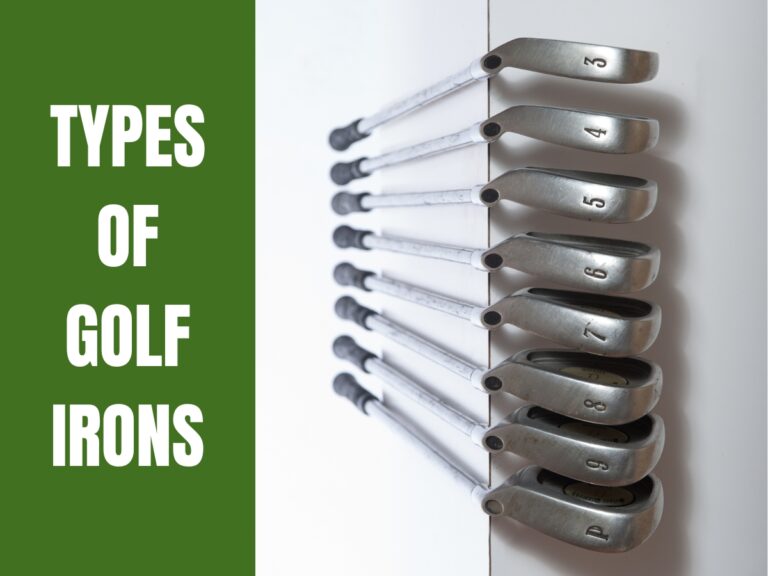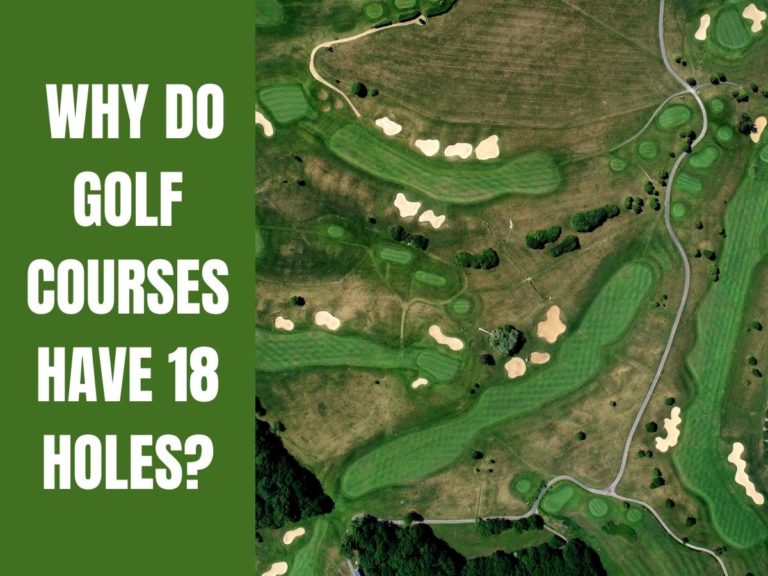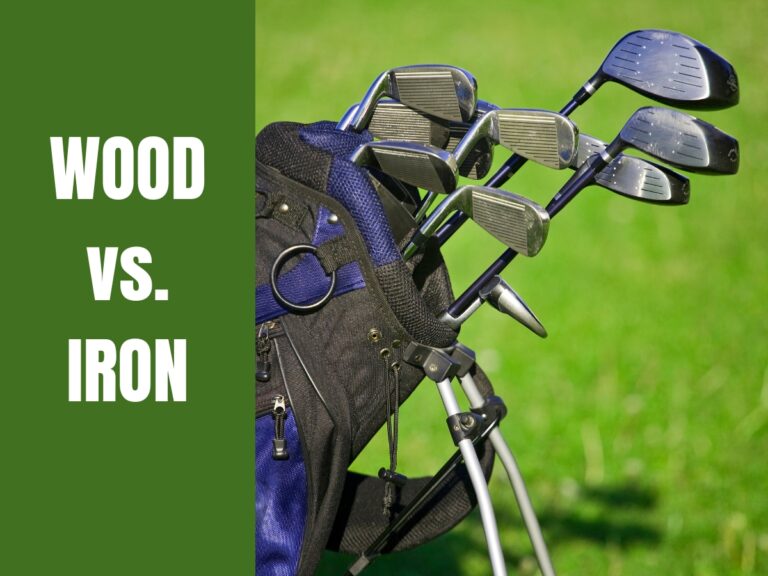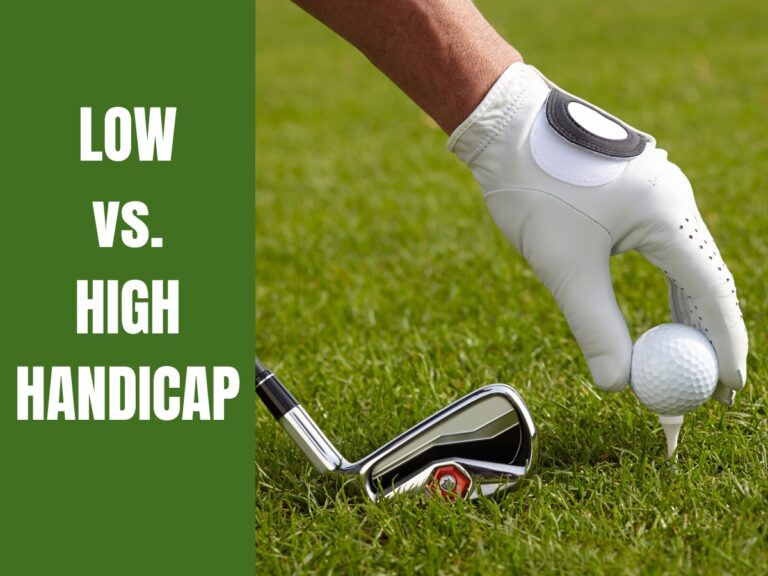What Do Golf Club Numbers Mean?
When it comes to golf club numbers, whether it be an iron or a wood, many that don’t know much about golf or are new to it don’t exactly know what the numbers mean.
Some may even think they don’t have any particularly important meaning. The opposite is true, as the numbers on golf clubs have a significant meaning. So, what do golf club numbers mean, and are they important?
The different numbers on golf clubs alert golfers to how high and far the golf ball will go. This is because the numbers stamped on the golf club’s sole refer to the loft of that particular golf club. Simply put, it is the angle the club face makes with the surface when placed behind the ball.
It would take time and effort to practice with all the golf clubs to figure out how far or high a ball will be hit. The numbering system on certain golf clubs helps simplify this. Here is all there is to know about what the numbers on golf clubs mean and whether or not golf clubs always had numbers.
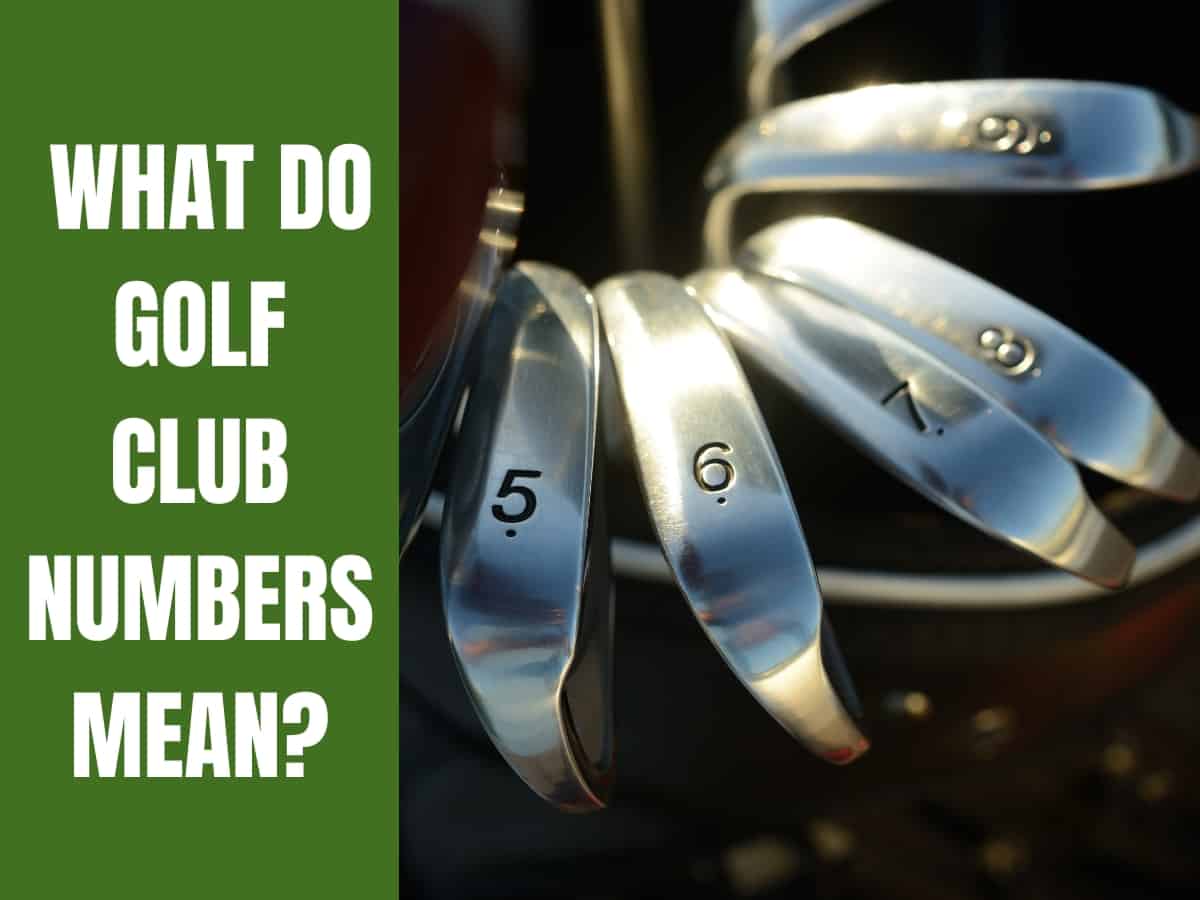
What Do Golf Club Numbers Mean?
Inspect the club head’s face if you have a golf club on hand. You’ll notice that it is not extending straight up and down but rather is at an angle. How far that particular club will drive the ball depends significantly on this angle, known as the loft.
There are various numbers stamped on the sole of golf clubs. The greater the number of a golf iron, the further the face is slanted away from the vertical. In this case, the golf ball will travel to greater heights when struck. The greater the elevation of the ball, the shorter the forward distance.
With woods, it’s the opposite!
For example, the 4-iron will strike balls further than the 7-iron, but a 1 Wood (more commonly known as a Driver) will hit the ball further than a 5-Wood. These different numbers may seem like they would be hard to understand. Still, after players golf for a while, they can eventually tell the yardage of each number.
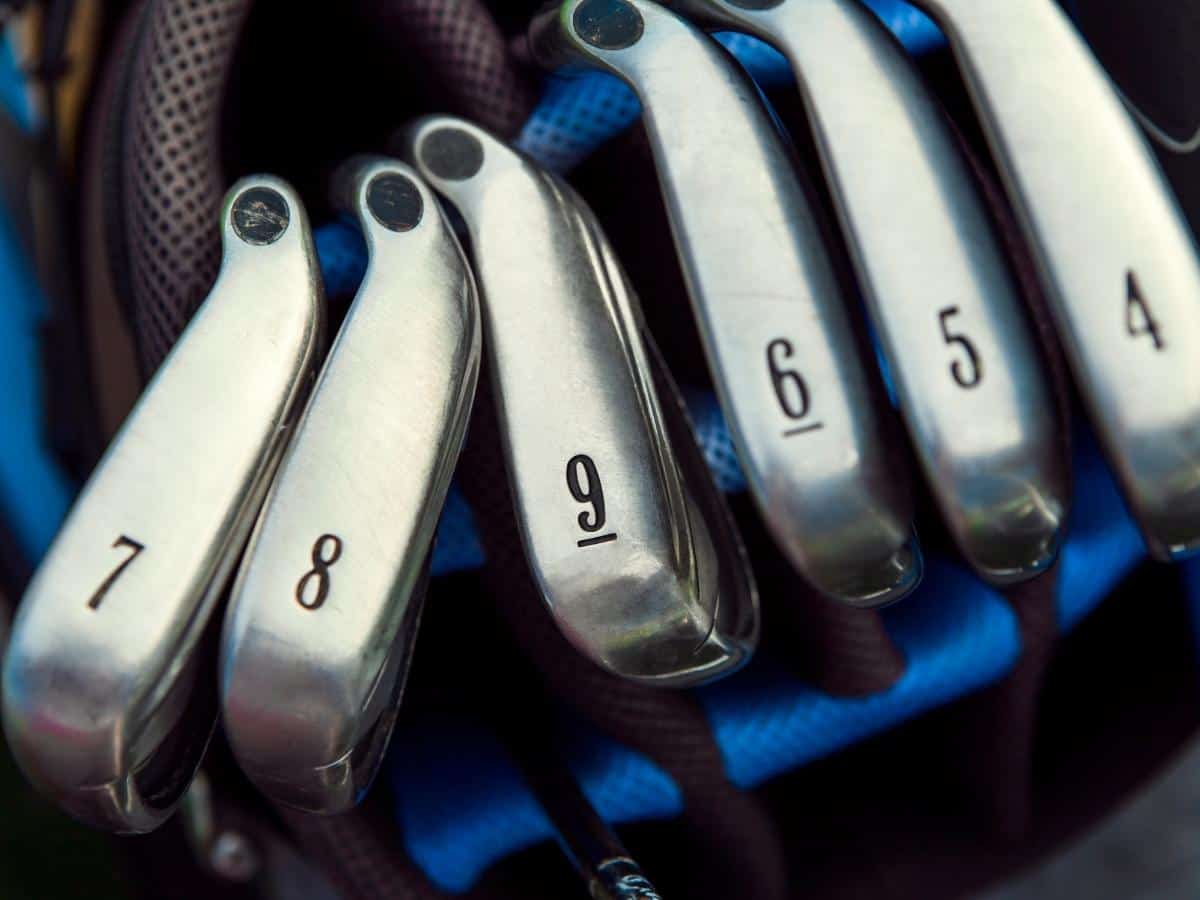
What Are The Different Golf Clubs With Numbers?
Changes in loft essentially lead to changes in the distance the golf ball will travel when struck with a golfer’s full swing. So when you look at a golf club set, specifically looking at irons, if your lowest is 1, that iron golf club will have the least loft.
This means the ball will go the furthest at the lowest height upon impact. This is because the higher the number on the iron club, the more loft it has, the higher the golf ball will be struck up into the air, and the shorter the distance it will be that the ball will go.
When the club heads of a 1 vs. 9 are placed side by side, one can see the difference and why the ball will go low and long with a 1-iron and high and short with a 9-iron.
Drivers and Woods usually have their number and face angle on the sole.
“Due to the rule restriction of only being able to carry 14 clubs, most average amateur golfers like myself usually carry a combination of 1 Driver, 2 Woods, 3-9 irons, 3 wedges and a putter. This setup should allow you to cover all the possible distances from the tee to the green.”
Golf Educate
Although to perform short, delicate shots close to the green or from hazards such as bunkers in general, Wedges are required. Wedges further add to the confusion of the new player! Using both numbers and letters, depending on the manufacturer!

See also: Can You Play Golf Without a Driver?
Do All Golf Clubs Have Numbers?
As golf is a quirky, unique sport, it isn’t surprising that there are some exceptions. Regarding irons, the numbers end with a 9-iron and start becoming letters OR numbers!
These are often referred to as specialty irons.
Letter-wise, you’ll find a Pitching Wedge, usually stamped P, an approach Wedge A, and a Sand Wedge, stamped S, by one manufacturer. Another will stamp the approach Wedge 50, which is its degree angle, and the Sand Wedge 54, which again is its degree angle.
Also offered are Lob Wedges. These are nearly always in degrees regardless of manufacturer and stamped 58, 60, or 62.
Did Golf Clubs Always Have Numbers?
Back in the day, golf clubs didn’t have any numbers. It was much worse compared to the numbering system these days. Each club had a name before the manufacturer Spalding began numbering them in the 1930s. The following were the different names for the various golf clubs:
- 1-iron was known as the Driving iron/Cleek
- 2-iron was known as the Cleek
- 3-iron was known as the Mid mashie
- 4-iron was known as the Iron mashie
- 5-iron was known as the Mashie
- 6-iron was known as the Spade mashie
- 7-iron was known as the Mashie niblick
- 8-iron was known as the Pitching niblick
- 9-iron was known as the Niblick
- 3-wood was known as the Brassie
- 5-wood was known as the Spoon
- 7-wood was known as the Baffing spoon
- The driver was known as the Play club
*Note, due to the development of woods and the invention of the modern hybrid/rescue club, 1 & 2 Irons have virtually become redundant in the Amateur game.*
The table below shows the loft degree for each club in today’s golf bag.
| Golf Club | Degree of Loft |
|---|---|
| 3 Iron | 18° |
| 4 Iron | 21° |
| 5 Iron | 24° |
| 6 Iron | 28° |
| 7 Iron | 32° |
| 8 Iron | 36° |
| 9 Iron | 40° |
| Pitching Wedge | 45° |
| Gap Wedge | 50° |
| Sand Wedge | 54-56° |
| 1 Wood (Driver) | 9-12.5° |
| 3 Wood | 15° |
| 4 Wood | 17° |
| 5 Wood | 18-19° |
| 7 Wood | 21-22° |
| 3 Hybrid | 19-20° |
| 4 Hybrid | 21-23° |

Let’s Wrap This Up!
As you can see, golf club numbers play a crucial role in helping golfers determine which type of golf club will lift the ball higher and which will drive the ball to travel further.
Thus whether you are a professional or amateur many hours are required on the driving range, defining these distances with each club. Therefore, when on the course, the golfer can select the necessary club to make the distance needed.
Related Posts You May Like:

